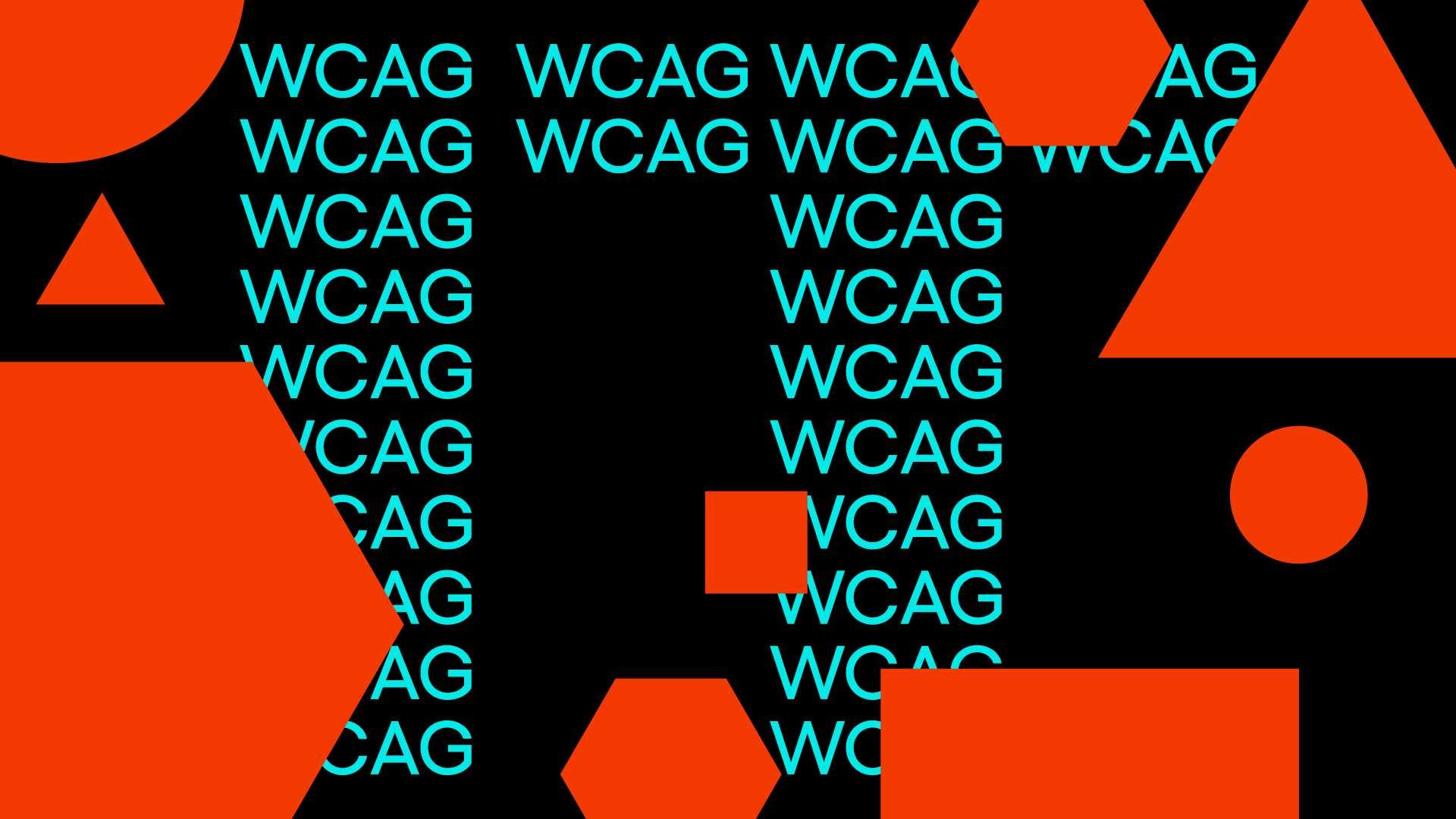WCAG standards: why use them in IT projects?


High-tech robots perform complex surgeries. Solar-powered cars help protect the environment. Mobile apps support education, development and improve the quality of life around the world. Without a doubt, innovation makes the world a better place.
When designing cutting-edge solutions that affect our daily lives, their developers should keep the welfare of all recipients in mind. Especially those who cannot fully enjoy them due to health limitations, such as visual, hearing, and movement dysfunctions or difficulties in learning or reading This is why WCAG standards were created and dedicated to IT projects. Why implement them in IT projects? Let’s start from the beginning.
What are WCAG standards?
WCAG stands for Web Content Accessibility Guidelines. They are authored by the World Wide Web Consortium (W3C), an international consortium that operates under the Web Accessibility Initiative (WAI). The activities of all these organizations are related to ensuring that all users can fully and uninterruptedly use digital products.
Created in 1999, WCAG standards and updated to subsequent versions in 2008 (WCAG 2.0) and 2018 (WCAG 2.1) are a set of documents, helpful to standardize content. The goal of the standards is to work against digital exclusion. Removing barriers to the use of websites and mobile applications thanks to WCAG primarily concerns people facing disabilities or technological limitations.
WCAG basics
At the core of WCAG are 4 main principles:
- Perceivable – content should be perceivable by users with various limitations. For example – alternative text to images for the blind or the use of appropriately contrasting colors for people with visual impairments.
- Operable – use of the site should be possible in various ways. For example, people using a desktop computer without a mouse can navigate the site using a keyboard.
- Understandable – making sure the site language is appropriate.
- Robust – meeting the standards of the technologies used.
Is WCAG an option or an obligation in IT projects?
WCAG standards can be respected by public institutions as well as sites owned by private individuals and commercial companies. However, the obligation to implement them applies only to the former, and only to countries that have included them in their legislation. Examples include the U.S., Canada, and European Union countries. The UK and Australia have taken advantage of the universality of the principles contained in WCAG and treated them as a basis for adapting their own laws.
Although WCAG standards are global in nature, the decision to implement them remains an internal matter for each country or association of countries. Likewise with commercial IT projects. The guidelines contained in WCAG may be ignored, but for many developers and principals, they are an absolute must-have when creating new websites and applications and when improving existing ones. They are treated as a gold standard and good practice.
How to implement these standards in an IT project?
Let’s first analyze what it looks like in theory. WCAG 2.1 contains 13 guidelines, and conditioning accessibility standards. They fall under the 4 previously mentioned principles as follows:
- principle of perceivability – 4 guidelines,
- principle of functionality – 5 guidelines,
- principle of comprehensibility – 3 guidelines,
- principle of robustness – 1 guideline.
The implementation of the guidelines and verification of this process is carried out through the evaluation of so-called success criteria. These are indicators to see to what extent an IT project meets WCAG standards. There are as many as 78 of them and they apply to 3 levels. This means that a given site can be WCAG compliant to a degree:
- minimal – level A is 30 criteria,
- recommended – level AA is 20 criteria + achievement of level A,
- comfortable – level AAA is 28 criteria + achievement of levels A and AA.
The rather complicated procedure is also not simple to implement. To implement WCAG standards, it is not enough to install a ready-made plug-in. Creating from scratch a website or mobile application adapted to people with limitations requires including many functionalities in the design. This task is best outsourced to experienced and skilled webmasters who will complete it efficiently, expertly, and without the risk of costly mistakes – such as the Speednet team.
What benefits do WCAG standards add to your digital product?
A product that complies with WCAG standards is much more valuable, primarily because of:
- innovation and usability – the use of multiple solutions, improving the user experience also for audiences who do not face limitations,
- better reach – increasing the number of users and profit from product distribution,
- the better reputation of the company, which is not indifferent to the problem of exclusion,
- increase the position of the site in the search engine – many improvements benefit SEO.
IT projects in compliance with these standards – where to outsource?
Implementing WCAG standards on a website, mobile app or any other digital product is becoming a leading trend today. It’s a must-have in the offer of the best software houses in Poland. A team of qualified designers will make sure that your project is accessible to everyone, which will contribute to even greater marketability.
Are you looking for IT project support that will be maximally accessible to all audiences? Write to us and see how much you and your audience will gain from implementing WCAG 2.1 standards.




